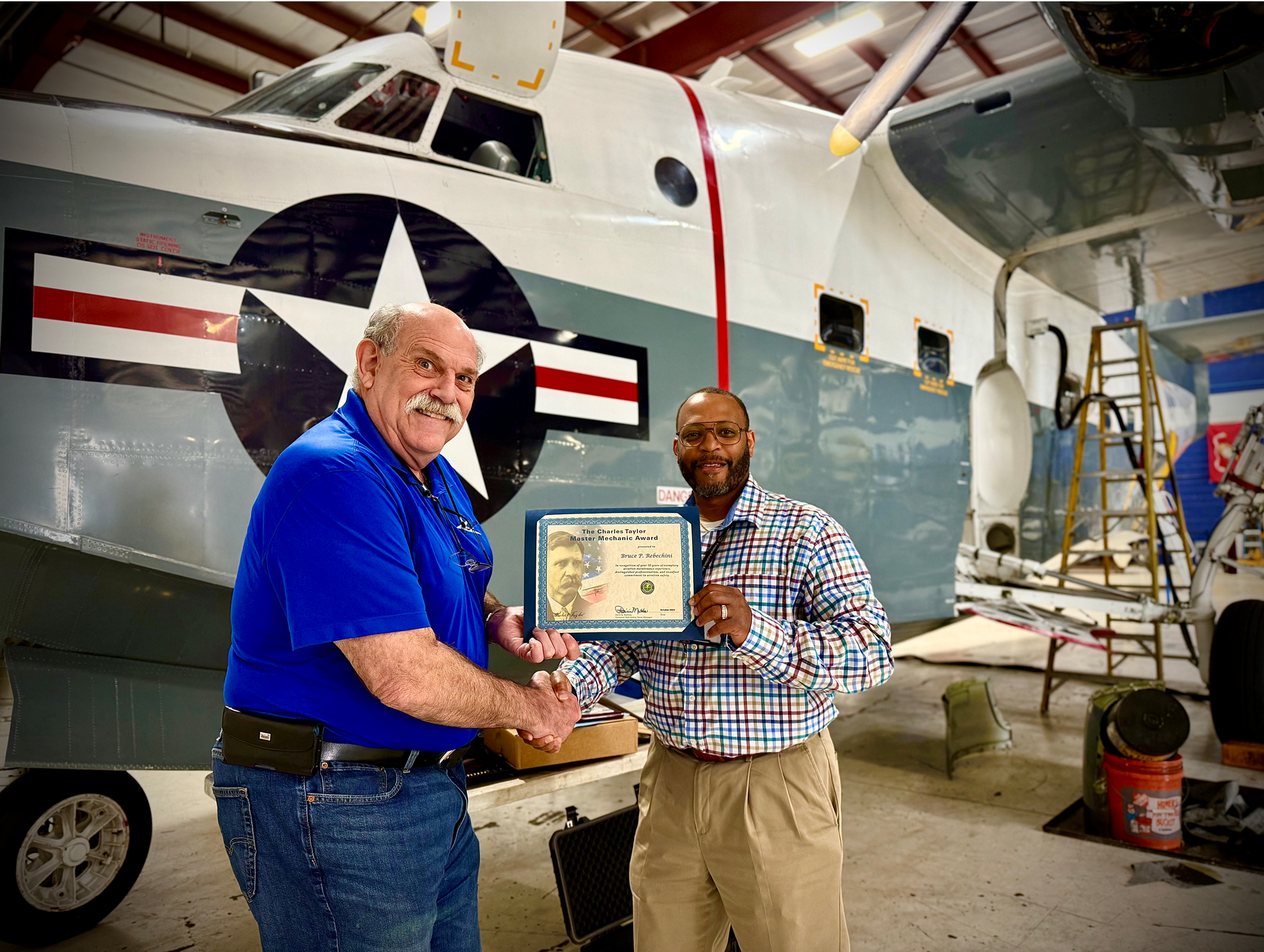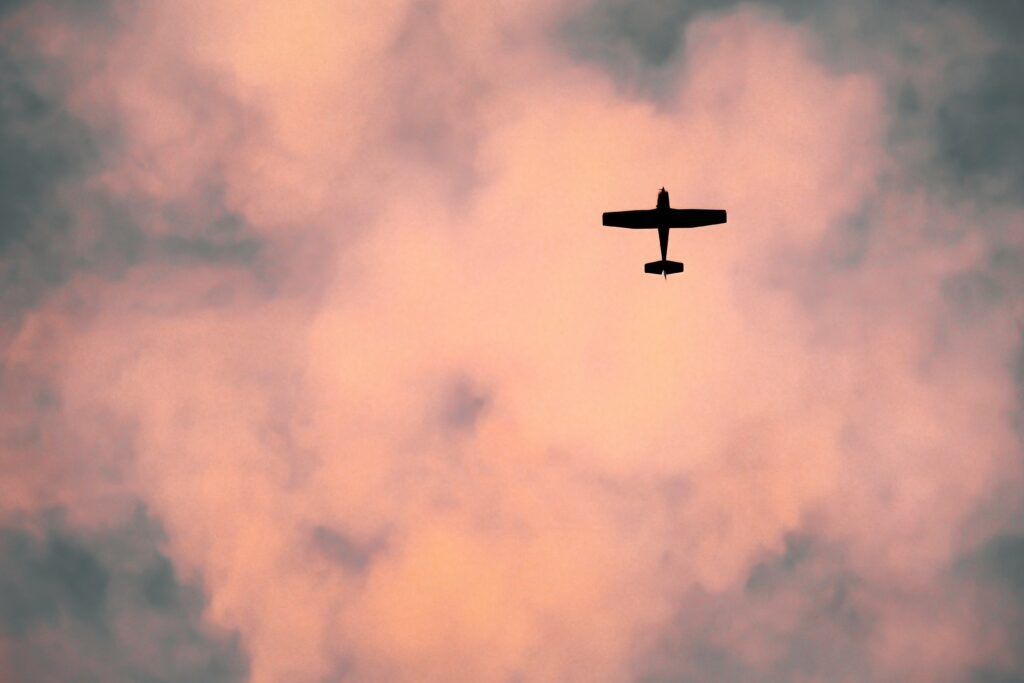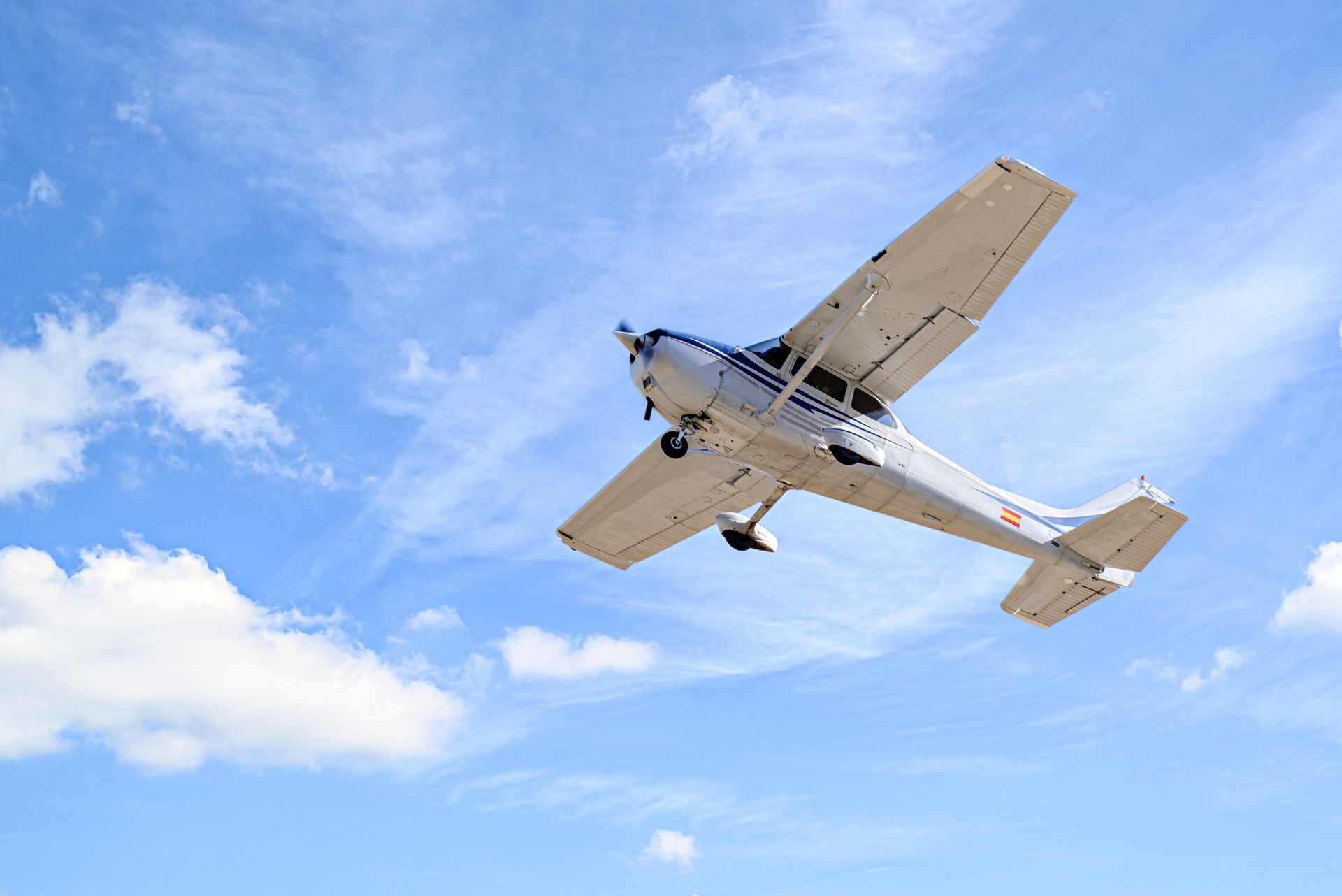Share this Article:
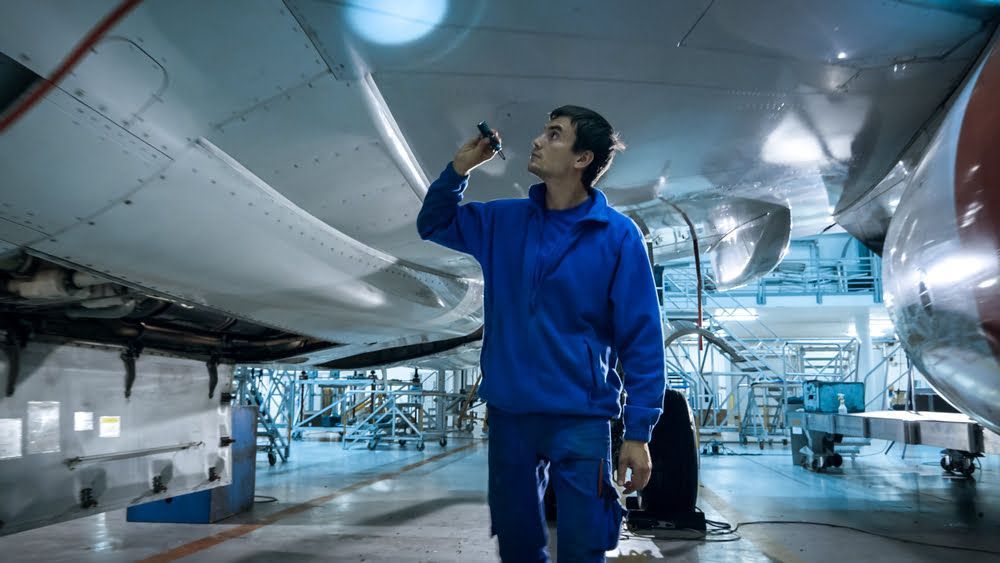
All metals are likely to corrode eventually. After all, it’s a natural means of bringing these materials back to their original state – and like it or not, it’s eventually bound to happen.
Aircraft tend to be fabricated from a lot of metal parts. Any corrosion on these metal parts can be very dangerous. And while these parts help an airplane take off and cruise 30,000 feet above sea level, that’s also part of the problem with aircraft corrosion. Unlike a motor vehicle, you can’t just pull an airplane into a service station when it’s tens of thousands of feet in the air.
The good news is that there are a lot of things you can do to prevent corrosion until an aircraft – or a part of an aircraft – has reached the end of its usable life. In this post, we’ll take a closer look at just what aircraft corrosion is, the popular types of aircraft corrosion, prevention and maintenance, and more. Read on to learn more:
What is Aircraft Corrosion?
Corrosion is the deterioration of metals, usually caused by air, moisture, or some other chemical reaction that occurs on the surface. Aircraft corrosion is simply the deterioration of metals that make up an aircraft. However, in addition to air, moisture, or other chemical reactions, aircraft corrosion may also be caused by exposure to acid and pollutants, or poor preparation before painting or detailing .
And while all types of corrosion can be unsightly and dangerous, aircraft corrosion has the potential to be much more harmful – and not just because it may occur in a craft that flies tens of thousands of feet in the air. Aircraft corrosion may also be hidden, which makes thorough inspections all the more important. In addition to popular aircraft parts like propellers and fins, corrosion also commonly occurs on battery boxes, hardware, and around fuel tanks.
Types of Aircraft Corrosion
Many people are surprised to learn that there are various types of corrosion – and aircraft corrosion is no exception. Here’s a look at some of the most common types:
Uniform
This type of corrosion in aircraft tends to occur when all of the plane’s metal parts are exposed to oxygen in the air. Arguably the most common type of aircraft corrosion, long periods of oxygen exposure lead to “uniform,” or consistent, corrosion on such parts. Because corrosion is uniform, the damage can be significant. The good news is that uniform corrosion is easy to spot and even easier to predict, making the worst effects largely preventable.
Dissimilar
If two different types of metals come into contact with one another and an electrolyte is present, dissimilar metal corrosion occurs. Dissimilar corrosion can go on for a long time without detection, making it dangerous – and potentially making repairs very costly. There are certain precautions that can be taken to prevent dissimilar corrosion. The most crucial one is to avoid using steel brushes or steel wool products when cleaning an aircraft’s surface. These tools have the potential to come apart during cleaning and embed themselves into the aircraft’s surface. This, in turn, can lead to a greater likelihood of dissimilar corrosion.
Crevice
This type of corrosion happens when water is trapped between two surfaces. Also often known as “concentration cell corrosion,” some common examples are when water gets under paint or beneath an unsealed joint. What makes this type of corrosion dangerous is that it can quickly spiral into exfoliation or pitting. The good news about crevice corrosion, however, is that it tends to be fairly localized. And being that washers, threads, fasteners, clamps, and other small components are commonly impacted parts, it’s easy to know where to look during inspections .
Stress Cracking
Stress corrosion, or stress cracking, occurs in parts of the aircraft that endure a lot of wear and tear. Think of the aircraft’s landing gear or certain engine components. As we said earlier in this post, one of the major problems with identifying aircraft corrosion is that it’s often not easily spotted. It can be hidden. Stress corrosion is often hidden corrosion. There are ways to prevent stress cracking. Some of the most common means include detailing or applying protective coatings to prospective parts, heat-treating surfaces, and shot-peening surfaces.
When Should You Worry?
Any type of aircraft corrosion has the potential to be dangerous, so you should take corrosion very seriously as soon as you detect it in any of its forms. Bottom line: See corrosion, treat corrosion. Make sure you protect your plane and the investment you’ve made in it.
Prevention and Maintenance
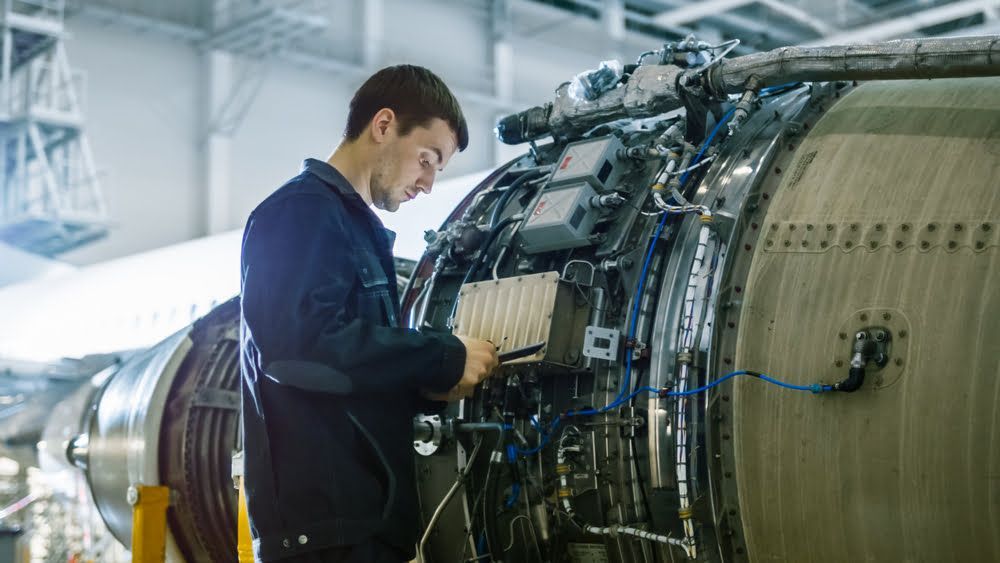
The best way to prevent corrosion is to stick to a regular inspection schedule. For instance, in mild environments, it’s suggested that aircraft be inspected every 90 days. In moderate environments, every 45 days. And in severe environments, every 15 days.
Like anything, the sooner you’re able to catch a problem, the easier and cheaper the fix tends to be. This is also true of aircraft corrosion. The sooner you identify it, the sooner you’re able to repair the issue. In addition to regularly inspecting your aircraft, common corrosion prevention techniques include storing your aircraft in a dry space and regularly washing it to remove dirt, debris, or other pollutants.
While it’s easier to prevent corrosion than it is to treat it, there are a number of treatment options available. Light or moderate surface corrosion can typically be removed via abrasion. Some compound formulas have also recently hit the market that are designed to dissolve minor cases of aircraft corrosion. For corrosion that’s become severe enough, part replacement is often necessary.
Contact Us Today
For more information about aircraft corrosion, how to prevent corrosion from happening, and how to treat it after it does, contact J.A. Air Center today. As experts in all things aircraft repair and maintenance, we have the know-how and resources to treat any corroded parts and get your aircraft back into peak shape. Contact us today for more information on treating corrosion and purchasing an aircraft .


